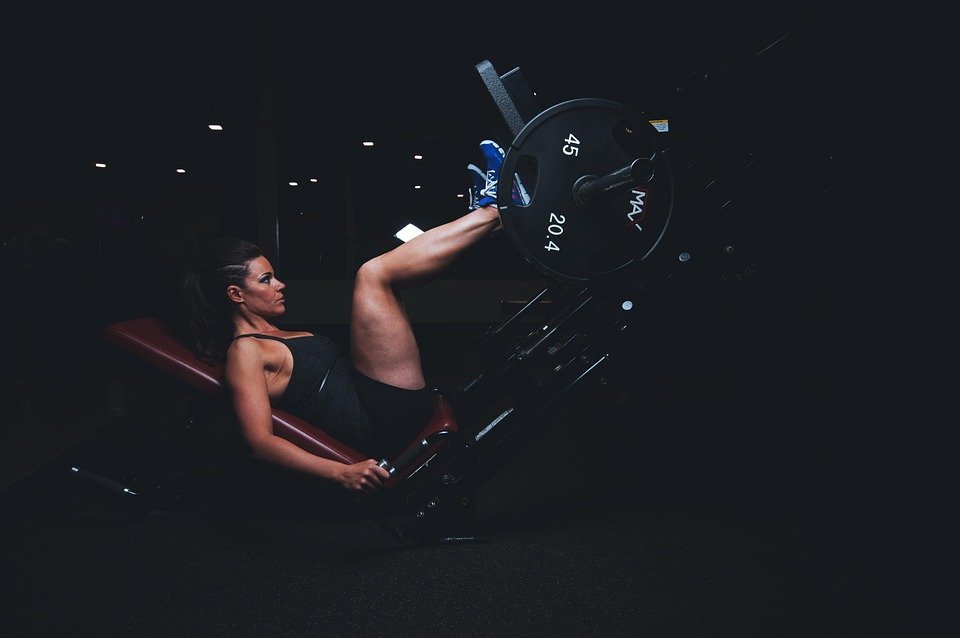

Time-Saving Workouts: Effective Routines for Busy Schedules
Time-Saving Workouts: Effective Routines for Busy Schedules
In today’s fast-paced world, finding time to work out can feel impossible. Between work commitments, family obligations, and social activities, squeezing in a gym session can seem overwhelming. However, you don’t have to sacrifice your fitness goals due to a busy lifestyle. This article explores time-saving workouts that maximize efficiency, helping you stay fit without spending hours in the gym.
Understanding Time-Saving Workouts
Time-saving workouts focus on high-intensity exercises that provide maximum results in minimal time. These routines are designed to elevate your heart rate, build strength, and improve endurance—all in a fraction of the time of traditional workouts. By concentrating on compound movements and high-intensity interval training (HIIT), you can achieve impressive results even with limited time.
Benefits of Time-Saving Workouts
- Efficiency: Get more done in less time.
- Increased Metabolism: Burn calories long after your workout ends.
- Flexibility: Easily fit sessions into your busy schedule.
- Variety: Explore diverse routines to prevent boredom.
- Results: Achieve your fitness goals faster!
Effective Time-Saving Workout Routines
1. High-Intensity Interval Training (HIIT)
HIIT is a popular method for burning fat and improving cardiovascular health in a short time. A typical HIIT workout alternates between short bursts of intense activity and rest periods. Here’s a sample 20-minute HIIT routine:
- Warm-up: 5 minutes of dynamic stretching.
- Jump squats: 30 seconds on, 30 seconds rest.
- Burpees: 30 seconds on, 30 seconds rest.
- Mountain climbers: 30 seconds on, 30 seconds rest.
- Push-ups: 30 seconds on, 30 seconds rest.
- Repeat 3 times.
- Cool down: 5 minutes of stretching.
2. Strength Training with Compound Movements
Focusing on compound movements can effectively target multiple muscle groups simultaneously, making your strength training sessions more productive. Consider this 30-minute full-body routine:
- Barbell squats: 3 sets of 10 reps.
- Bench press: 3 sets of 10 reps.
- Deadlifts: 3 sets of 10 reps.
- Bent-over rows: 3 sets of 10 reps.
- Planks: 3 sets of 30 seconds.
3. Circuit Training
Circuit training combines strength and cardio for an efficient workout. You can complete this circuit in just 25 minutes:
- Jump rope: 1 minute.
- Push-ups: 15 reps.
- Bodyweight lunges: 15 reps per leg.
- Seated rows (using resistance bands): 15 reps.
- Repeat the circuit 3 times.
4. Tabata Workouts
Tabata workouts are a type of HIIT that involves 20 seconds of all-out effort followed by 10 seconds of rest, repeated for 4 minutes. Here’s a simple Tabata routine:
- Exercise 1: Squat jumps.
- Exercise 2: Push-ups.
- Exercise 3: High knees.
- Exercise 4: Burpees.
- Rest for 1 minute between rounds.
Incorporating Workouts into Your Schedule
To truly benefit from time-saving workouts, planning ahead is essential. Here are some tips to help you make the most of your limited workout time:
- Set Specific Goals: Define what you want to achieve.
- Schedule Workouts: Treat them like important appointments.
- Have a Backup Plan: Keep short at-home workouts handy for unexpected days.
- Be Consistent: Aim for at least 3-4 workouts per week.
- Stay Flexible: Adapt your workouts to fit your day.
Conclusion
Staying fit and healthy doesn’t require hours at the gym. With efficient time-saving workouts like HIIT, strength training, and circuit training, you can achieve your fitness goals even on a tight schedule. Remember to integrate these workouts into your routine consistently and prioritize your health. No matter how busy life gets, you can always carve out time for your well-being.
FAQs
1. How often should I do these time-saving workouts?
Aim for at least 3-4 workouts per week to see noticeable results. Always consider your personal fitness level and adjust as needed.
2. Do I need any equipment for these workouts?
Many time-saving workouts can be done with minimal equipment like resistance bands or dumbbells. Bodyweight exercises require no equipment at all!
3. Can beginners do these workouts?
Yes! Beginners can start with modified versions of these routines and gradually increase intensity as they become more comfortable.
4. What should I eat before and after workouts?
Opt for a light snack containing carbs and protein before workouts and ensure to have a balanced meal afterward to aid recovery.
5. Is it okay to skip rest days?
Rest days are crucial for recovery. Listen to your body and ensure you give yourself enough time to recover, especially after high-intensity workouts.
















